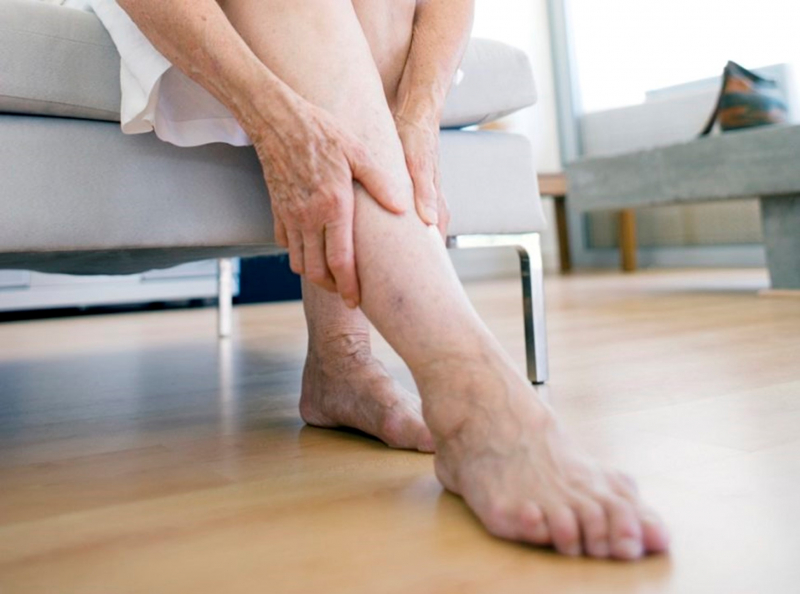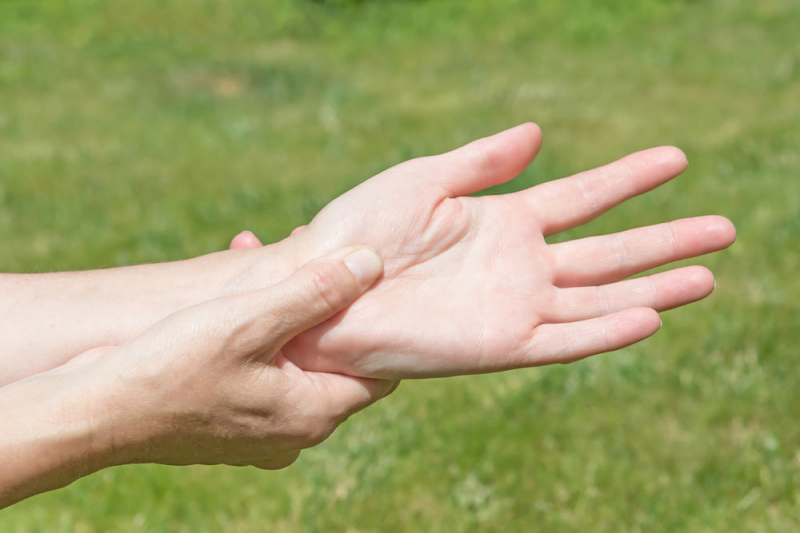Tremors
Most people with Japanese encephalitis do not have any symptoms. Some people may experience symptoms of tremors. A tremor is a rhythmic, involuntary movement of muscle groups, usually occurring in the hands, feet, head, face, vocal cords, or trunk. Depending on the severity of the disease, each person has a different type of tremor. The first type is static tremors, usually occurring when an organ is resting. Examples include tremors in the legs at rest, tremors in the arms at rest, tremors localized in the chin, and tremors in the vocal cords. Many people mistake static tremors for symptoms of Parkinson's disease, so they don't see a doctor.
The second type is postural tremors, which is a tremor when the patient holds the arm or leg in a particular position for a certain period of time, for example, tremor when standing, tremor when straightening. Postural tremor suggests a cause for essential tremor or physiological tremor if the onset of the tremor is progressive. In addition, postural tremors may be seen in toxic or metabolic diseases if their onset is abrupt.
The third type is essential tremors, which is common in the elderly, without underlying medical causes. Essential tremor rarely occurs without the use of the hand but is more pronounced when trying to perform an action, such as while writing or reaching for something. When you see unusual symptoms in your body, go to the nearest medical facility for a medical examination to avoid serious complications.











